This post was triggered by what author A. R. Moxon posted on Twitter and its analysis by www. boredpanda.com.
I used to give Trump, his politics and his administration, the benefit of the doubt. Everyone around me, in my social circle, would openly criticise him. Not even this, they would plain dismiss him as a crazy man who somehow got to run one of the most powerful political and economic administrations in the world. Crazy, absurd, and all that. One huge blatant accident. This is what he is, they would say.
But then, I thought. Let’s wait a little. Accidents are often openings to transformation, and beneficial revolution. They are important in the course of life of anything, be it individuals, groups, companies, anything. It is just a fundamental principle to life. We all know this is true.

So I wanted to give Trump and his politics the benefit of the doubt. I am – still – convinced we are living a very important, and painful, period in the history of humanity and not just that, but also evolution of the planet Earth, of which we are part together with many other beings. We are all – spiritually, economically, socially and personally – birthing into something new and Trump is just part of the pain. To me, he and – also – Theresa May (you may think of others) are some of the most awkward, clumsy and out of place politicians we have today. They fall out of all political norm – for good or bad. And here I am not even talking of their politics (included, nevertheless). I mean first and foremost their demeanour, the impression they give, and what they embody as socially acceptable. I mean their social skills which I find poor at best, and let’s say ‘interesting’ to have in a politician.

So I thought Trump and his politics are just a symptom to soon give rise to what is to come, geopolitically, socially and environmentally.
In this line of thought, when Trump warmed up to Russia (and vice versa), I thought, ok. Better than fighting another war in whatever terms. When he engaged in a largely unimpactful but ultimately historic discourse with North Korea, I thought ok. This is interesting and better than fighting a war with them, as well. It is a beginning. …
When he pulled out of the Paris Agreement, I thought … oh boy. What a disaster. But then I said, we need leadership in this important plane, and this is what humanity ultimately lacks to overturn the course of climate change and bring a new kind of balance, and sustainability, across all our continents and inter-dependent systems. May be what Trump was doing was going to help, to stir up the largely bureaucratic governmental discourse that currently underlies climate change governance, and get the leadership we so badly need to emerge? This is what I thought. Right.
When he issued his famous family separation policy, I honestly did not see how something so disjointed come come from a human, and a government administration that is supposed to embody and propagate basic human values. But then, still, I gave Trump the benefit of the doubt. I did dislike (and still do) the policy but was willing to see the silver lining in it, i.e., could it be a vehicle to stop trafficking of adolescents and children? Sometimes, though problems need radical solutions.
But, when the Kavanaugh story came out, I was really listening. I heard some of Dr Ford’s testimonials live. It was fascinating. A psychologist myself, I could relate to Dr Ford’s precision in her testimonials. As a woman who was – quite violently (it is the perception that matters, anyway, and we should not have to quantify violence as ‘moderate’, ‘high’, etc., in order for it to be worth a hearing), with no-reason-for hitting, pain etc. – bullied by young boys as a child (just because they did not know how otherwise to get close to me, out of some immature love, or whatever, I have decided to think), I believe I could relate to how balanced Dr Ford was in her story, seeking truth, no vengeance. I could see in her the love, belief, and fight – all part of the survivor pattern I believe I know. And so her story resonated with me. Personally, I was and am still deeply convinced she and her story are authentic.

As I was listening to Dr Ford, I believe I could understand why she is terrified. I have not lived through something she has, but I know how healthy, strong and pragmatic humans deal with any kind of trauma. They box it. They frame it. And ultimately they forget the excruciating details. They do this to survive, to function, to emerge, and grow. Those who are strong enough, like Dr Ford, do it also so that they can fight back and change the system, when they can. It is simple. It is evolution. It is there for a good reason.
But going back to the experience is not pleasant to say the least. And we will avoid it at all costs.

Because I was still giving Trump the benefit of the doubt, I was very interested when the court ordered a deeper FBI investigation into the Kavanaugh sexual assault allegations. I honestly thought Kavanaugh is not going to be elected to the Supreme Court. I was triumphant thinking he would not be. And then he was.
On that point, Trump and his administration lost me. As a woman, I find that Kavanaugh was still elected plain disgusting. I feel angry and am calling for justice. As a human, I am worried, and wondering what kind of a birthing pain this is (see above reference), and what exactly we are being born into. As a member of civil society, I am voicing my concern over the lack of empathy in our political, social and economic systems, including judicial systems around the world. As a mother-to-be, I strongly believe empathy, which is the ability to turn issues around on their heads and put ourselves in the shoes of the other, is one of the most important qualities we need to nurture, more and more, in our generations to come.
What Kavanaugh is now matters not. What matters is what he has been, how and why he got away with it, and what message this sends out, throughout the US and the world. And how it would impact the judicial system in one of the most powerful political and economic systems, today, by having someone like him head it.
My blog post and message to you today is not really, or at least not only about the Kavanaugh case and the courage of Dr Ford. Enough has and will be written about this. My message to you today is that we need to take the Kavanaugh and Dr Ford case, and move forward from it with a solution in our minds, in our hearts, in our goals and in our actions.
Because, ultimately, the Kavanaugh case was concluded with no empathy in giving a verdict. It is simply that. Any judicial system is plain crippled because of this. Those calling for the importance of hard facts as the only evidence that matters in a hearing are either willingly or unwillingly corrupting that system.
Because Dr Ford could not remember all the excruciating details, it was judged there was no sufficient evidence to claim Kavanaugh guilty of sexual assault. In other words, no reference to human psychology was made. No help from a different discipline was actively sought. And, really, no attempt to see the truth behind the clouds, which is what empathy is ultimately about, was made.
We are only starting to talk about empathy, about what it is, and the importance of nurturing it in our children, and also in us as individuals. Sometimes, we also talk about the importance of empathy in our workers. We do not, however, yet even embark on a conversation about transforming our social, political, governmental (i.e., judicial) and economic systems with empathy in mind. And, we should.
We – as individuals, groups, organisations, governments, systems, all kinds of entities – are still too old-fashioned, too afraid, and often too pragmatic to embark on a transformation rooted in a concept we all deem important but are too afraid to embrace. A concept which is ultimately about an open-minded and open-hearted conversation and sharing between entities and disciplines. A concept which threatens the status quo and the securities and safety nets we rely on, but can no longer live by. We are change, and empathy is our guide.

The best tool that I know of to enable and guide a transformative empathy journey is Otto Scharmer’s U Curve. It is a beautiful tool that organisations, teams, individuals and administrations can use to embark on an empathy-driven transformation.
Let’s face it, empathy is not just the way to social justice. It is also the way to transforming our current economic consumerism into an environmental, social and governance driven sustainable economy, so very important to get to by 2030 (according to the Intergovernmental Panel on Climate Change and their report that came out in October 2018). This new economy, new system, new order, new whatever we want to call it, is behind the clouds of muddled political discourse. Empathy is not only the way, it is also the shortcut.
Like Dr Ford, my biggest fear in writing this (and in her case, speaking up), is that I will not be heard. And yet I am doing this. I am writing to you. Because I believe in you. Do you believe in yourselves?
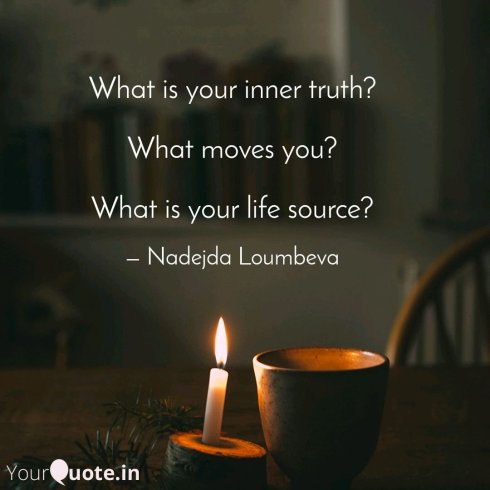






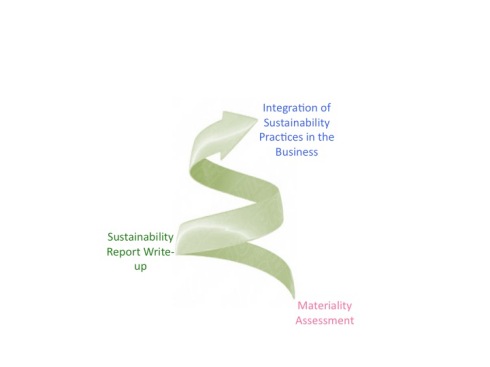

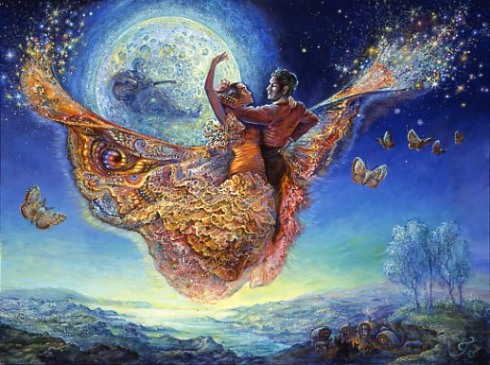
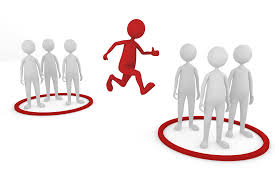



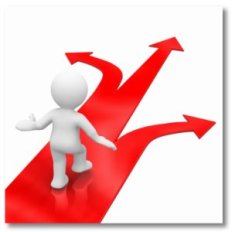

Recent Comments